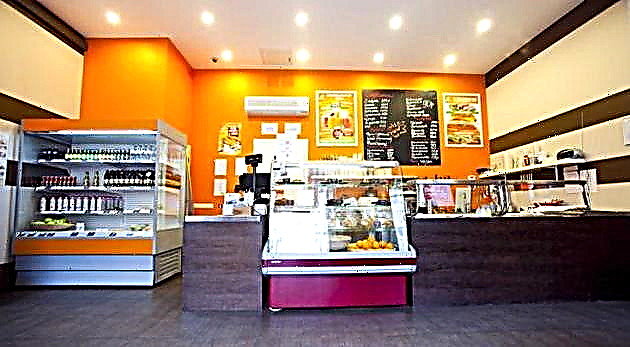More and more often we use a plastic card to receive salaries, pensions, scholarships. “Plastic” has become a convenient and familiar means of payment and a tool for accumulating savings. But with the growing popularity of cards, the number of scammers wishing to profit by growing money away from holders' accounts is growing.
Today we present Top 5 plastic card fraud methods. Knowing the tricks that cybercriminals use is much easier to protect their savings.
5. Making a duplicate card
Fraudsters make "blanks" - fake cards on which they put information from the magnetic strip of the original card. To read the information, the so-called skimmer is installed on the ATM - an overlay on the reader, into the slot of which we place the card.
The most modern skimmers have a thickness of only 0.2 mm, so it is not easy to notice them. You can protect yourself from reading and copying information by acquiring a chip card, which is more secure than magnetic.
4. Using adhesive tape for notes
Clever scammers place adhesive tape in the cash dispenser slot. The cardholder is trying to get cash, but the bills do not come out, because are stuck to a strip of tape or other Velcro. The client, without waiting for the money, leaves to call the bank branch and deal with the situation. And scammers return to the ATM and remove the adhesive tape with bills.
You can protect yourself from such fraud if you withdraw cash only at verified ATMs installed in bank branches and other closed guarded premises.
3. Receive PIN code via SMS
A common way of fraud is to send an SMS on behalf of the service bank with a request to send a PIN code and CVC code, which is used to confirm payment in online stores. In some cases, an SMS comes with a link supposedly to the bank’s website, where you need to enter data on the card.
Having received such a message, you must immediately contact the bank, as credit organizations never ask for PIN codes from plastic cards.
2. Reading data when paying for goods on the Internet
When making a purchase in the global network, we enter all the necessary data - card number, name, expiration date, as well as a CVC code. Hacking store sites, attackers get the cardholder’s data and start spending money at their own discretion.
To protect yourself from fraud, you must use 3D-Secure technology, when to complete any payment you must enter the code received on your mobile phone. If fraudsters try to pay with someone else's card, a message will be sent to the owner with a confirmation code. Thus, the attackers will not be able to complete the payment, and the card holder will understand that the scammers had the data.
1. "Lebanese loop"
The fraudster makes a “pocket” out of the film, which he places inside the ATM reader. The client inserts the card into the ATM, dials his PIN code, but no money is dispensed, the ATM "swears" that he does not see the card, and the card itself does not exit the reader.
A fraudster who allegedly happened to be nearby, tries to help, displays a PIN code, and then advises urgently to go to a bank branch and write a statement so that the card is withdrawn from the ATM. The client leaves, the fraudster calmly retrieves the “Lebanese loop” along with the card, and then withdraws all funds.
This scenario is common at street ATMs installed away from bank branches.












